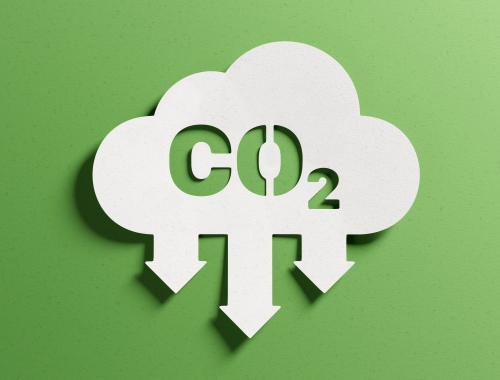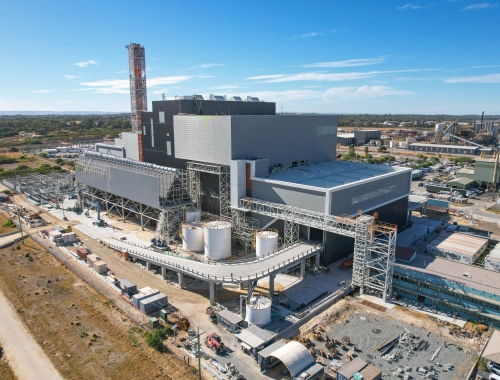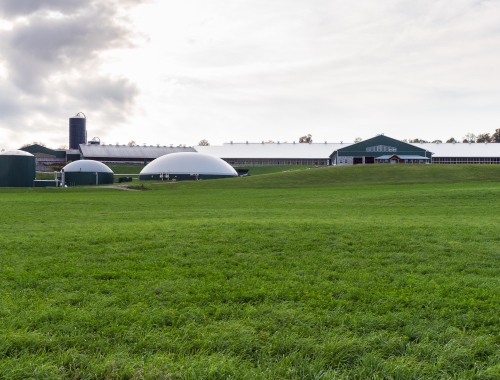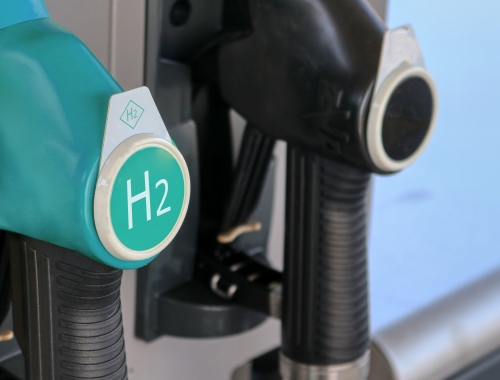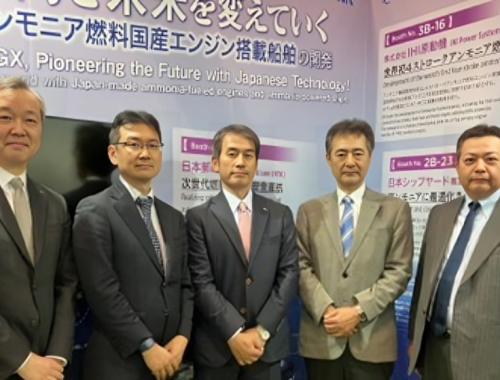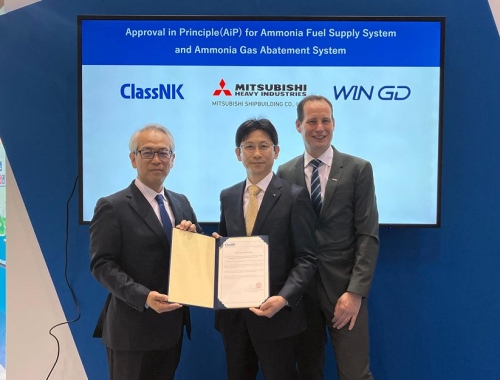Woodside plans $5bn investment in new energy projects
SUMMARY
The company expects oil and gas to remain an important part of the energy mix for decades to come, however.
By Shardul SharmaPOSTED IN:
Australia’s biggest gas producer Woodside is planning to invest $5bn in emerging new energy markets by 2030, it said on December 8. It expects oil and gas to remain an important part of the energy mix for decades to come, however.
“We expect LNG to remain an important part of the energy mix in our region for decades to come, both as a lower-carbon source of fuel for coal-dependent countries and as convenient firming capacity for renewables,” CEO Meg O’Neill said at an investor briefing.
The investment target in new energy is aimed at positioning Woodside as an early mover in this evolving market and supporting the decarbonisation goals of its customers, she said.
“We have a vision to build a low cost, lower carbon, profitable, resilient and diversified portfolio. Woodside aims to do this by leveraging our world-class Tier 1 portfolio and allocating capital to the right opportunities at the right time,” O’Neill said.
Woodside has announced a raft of new energy projects in recent months. It has plans to develop phased hydrogen and ammonia production in Perth (H2Perth) and northern Tasmania (H2TAS) to supply both Australia and international markets. On December 7, the company announced plans to expand its portfolio of hydrogen production opportunities to the US.
Woodside also announced in October a new collaboration with renewable energy technology company Heliogen, involving the proposed construction of a 5-MW commercial-scale demonstration facility in California using Heliogen’s concentrated solar power technology.
“We expect that in the mid-2020s the transition to new energy will be underway, including the start-up of the first of our own projects,” O’Neill said.
Commenting on the merger with BHP’s petroleum business, O’Neill said the deal is compelling as, after completion, Woodside will have a larger, diversified portfolio of long-life assets and increased cash generation to build resilience and support future investment and shareholder returns.
“The merged portfolio would have an exciting pipeline of near-term developments: Sangomar in Senegal; Mad Dog Phase 2, Shenzi North and other attractive opportunities in the Gulf of Mexico; and Scarborough offshore Western Australia,” she said. “These, together with other potential oil, gas and new energy developments, will provide an enviable hopper of opportunities competing for capital.”

